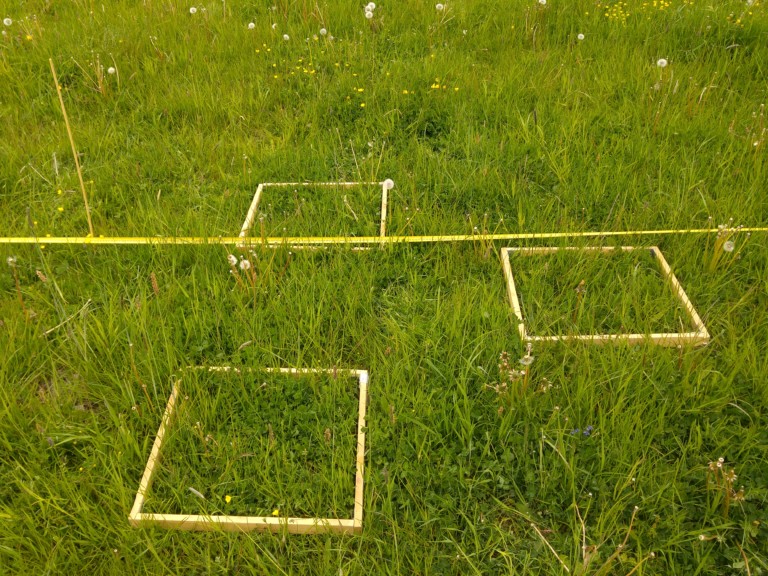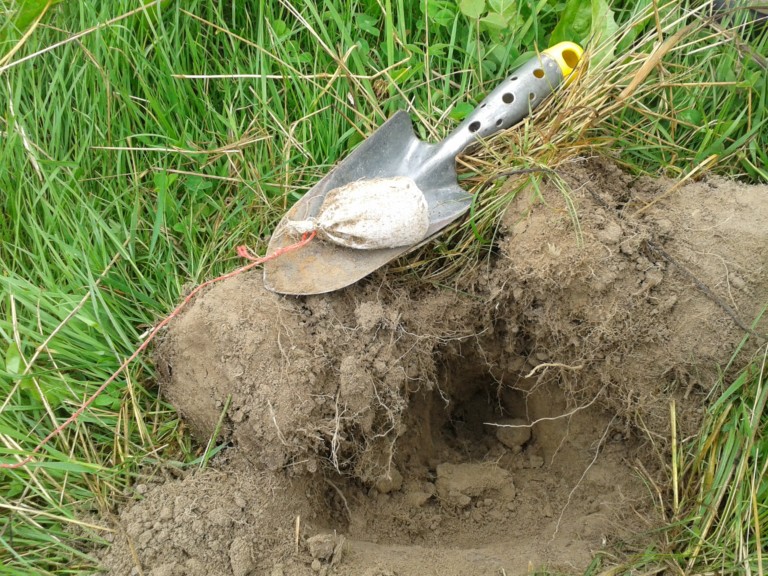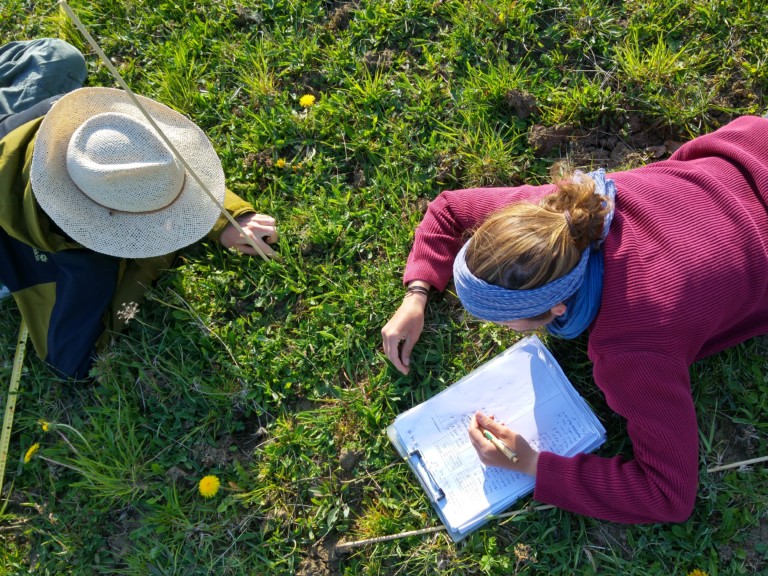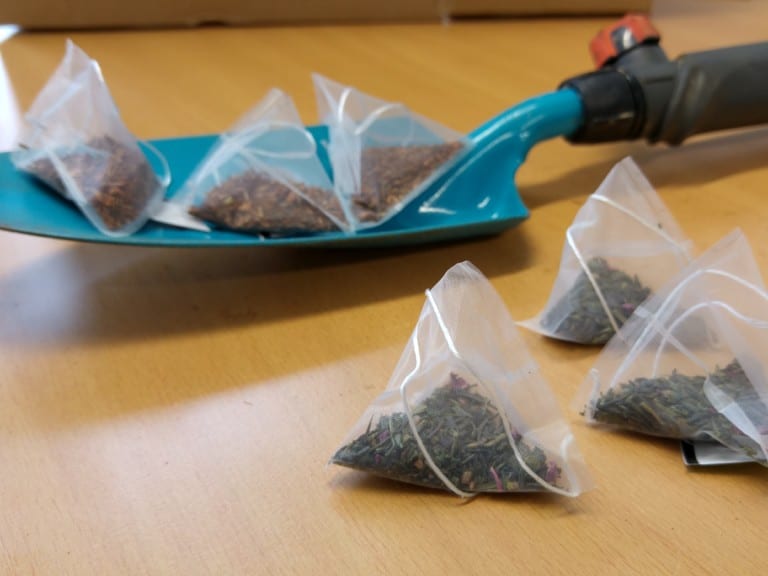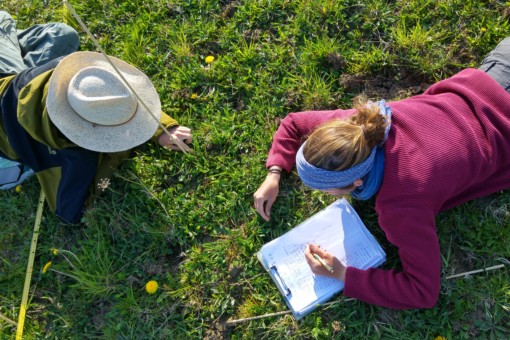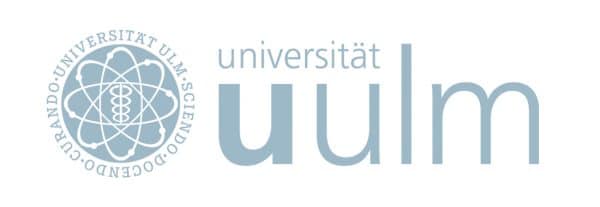Effects of disturbance and seed addition on plant community assembly and ecosystem functions
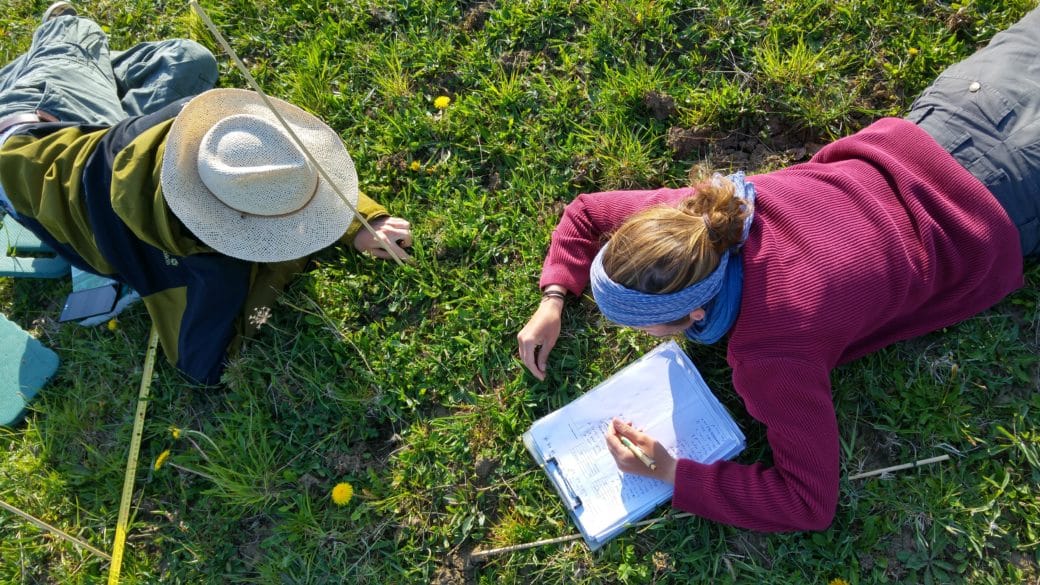
Experiments controlling plant diversity have often demonstrated positive relations between the number of plant species and ecosystems functions such as productivity, stability and resistance against perturbations and invasions. Yet, there is an ongoing debate how these findings from rather artificial and strongly controlled experiments scale up to real-world ecosystems and how this can be practically implemented. In our project, we will specifically address the effects of land-use intensity and (experimentally enriched) plant diversity on seed rain and a number of specific ecosystem functions such as productivity, litter decomposition, root exudation, and nitrogen cycling.
In the disturbance and seed addition experiment SADE we will specifically ask the question how sward disturbance and assisted migration by sowing affect community reassembly and essential ecosystem functions along a real-world gradient of land-use intensities in grasslands. This will also allow testing higher plant diversity to enable higher levels of ecosystem services. Specifically we will address the following hypotheses:
- The species richness of the seed rain has strong influence on the plant species richness of the disturbed vegetation.
- The floristic enrichment will also lead to a higher diversity of the seed rain.
- Subordinate and transient species, which emerged after sward disturbance from the seed bank, will play a crucial role for the maintenance of ecosystem functioning no longer than two years after the disturbance event.
- Just in species-poor grasslands, plant diversity will increase after sward disturbance even without seed addition due to species emerging from the seed bank.
- Species enrichment by seed addition will enhance ecosystem functions such as biomass production, fodder quality, drought resistance and litter decomposition in previously species-poor grasslands.
- Higher levels of plant diversity will also positively affect root exudation and nutrient retention due to reduced losses of nutrients to deeper soil layers.
Our project will analyse all 73 plots in the three study regions where the SADE experiment is implemented. Together with the Botany project, we will monitor the development of the vegetation in each year. To record seed rain aluminium trays, which are filled with sterile soil, will be temporarily installed catching seeds, which are falling from the vegetation to the ground. As major response variables for plant-related ecosystem functioning we will analyse aboveground productivity and nutrient stocks in biomass, including nitrogen and carbon isotopic signals as proxies for nitrogen uptake and drought resistance. Furthermore, we will measure decomposition rates of different kinds of plant litter and assess nutrient availability using resin bags. By applying the standardised tea bag method within the litter decomposition study by using green tea and roisbos tea, we are also part of the worldwide project TeaComposition.
